Article: Types Of Shoe Leather Guide | The Noble Shoe
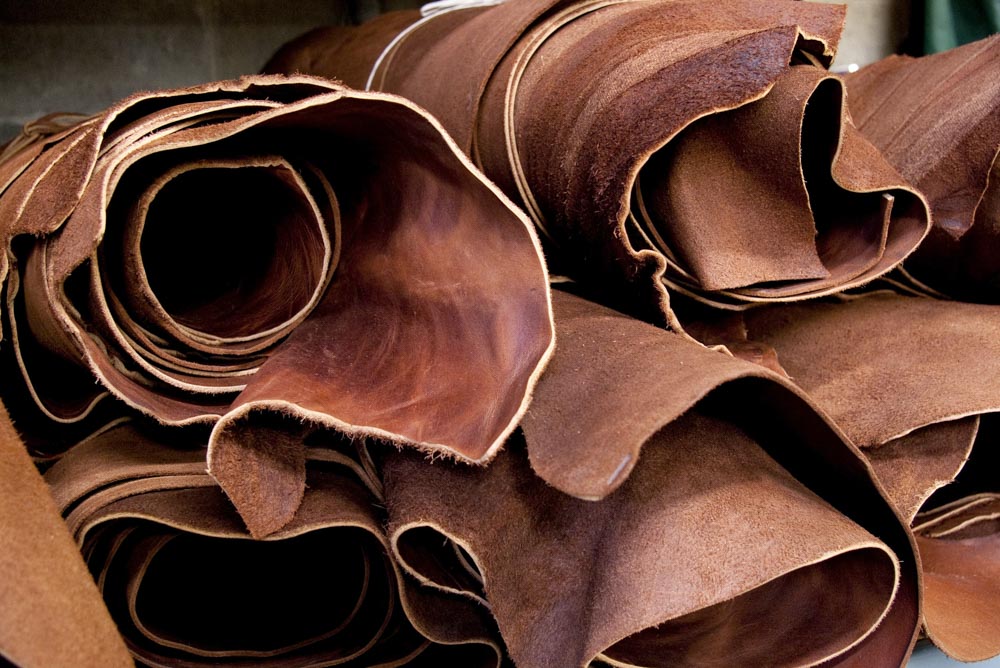
Types Of Shoe Leather Guide | The Noble Shoe
A Leather For Each Occasion
Welcome to The Noble Shoe's Guide for the Different Types of Shoe Leather.
This is an article that will talk about the most important types of leather you will encounter.
Quality Check
These days there are many words that are misused and often are marketing jargon.
The quality of the hide depends on a few factors:
- Part of the Hide
- Layer of Leather
- Treatment/Tanning
The best leather is what we call Full Grain Leather and is the top layer with all the grain and pores intact.

If you sand the grain lightly and remove imperfections you get to what we call the Top Grain.
Anything under that qualifies as Corrected Grain or Genuine Leather and is often low quality that might appear nice initially.
All Full Grain Leathers are Genuine Leathers, but not all Genuine Leathers are Full Grain or Top Grain.
The part of the hide plays an important role. Parts of the Butt and Back are often the best quality. Shoulder is firmer and perfect for fillers and midsoles.
The Belly is the worst part as it's prone to stretching and nasty marks and will crease the most. You can use belly leather for minor non-visible parts of the shoe such as the tongue.
You can understand that even if a hide is Full Grain Belly Leather it can be lower quality than a Top Grain Back Leather. So be careful when some lower quality product is advertised as Full Grain.
Lastly, the tanning process and any modification can impact the leather.
Different tanning processes give different characteristics to the leather.
If a hide is altered in any way via coating to create bookbinder leather then the quality can also be masked.
Calfskin

The most popular leather is of course calfskin.
It comes from calves (young cows) and has a smooth grain and surface.
Durable with varying levels of softness (depending on the tannery) and the perfect material to make any type of shoe.
With calfskin you can make the most casual or formal types of shoes.
Good quality calf also ages wonderfully.
Grain Leather

Grain Leather is a tricky one, because it is often not natural.
It has a textured grainy look that is embossed onto smooth leather to create this effect.
Exotic animals have a more natural grain but most of the ones you will find in stores are embossed calf.
Depending on the size of the grain, pattern and subtlety they have a few different names.
Some of them include:
- Scotchgrain
- Country Calf
- Fjord Calf
- Hatchgrain
- Utah Calf
- Sienna Grain
- Willow Grain
It's a lovely texture that can hide creasing, ages well and is perfect for casual or sophisticated shoes and boots.
Goat/Sheepskin
Goat and Sheep leather is rarely used for the uppers of shoes.
They are thin, stretchy and much more delicate.
This is exactly why we use them often as lining in the interior part of the shoes.
Deerskin

Deerskin is another type of leather that is not suitable for most shoes.
It has a grain texture that we often mimic when embossing calfskin.
Very soft but also potentially fragile, you might understand why we prefer to make gloves or Belgian/Venetian Loafers out of these.
Suede

Suede is another popular, beautiful leather with a characteristic, velvety nap.
It uses the flesh side of the leather, which we sand further down to create this nap and texture.
Oftentimes, to save leather and use it more we split the hide and end up creating "split-suede".
Full-Grain suede is not split and often called reversed suede.
Contrary to popular belief, good quality suede leather is rather water resistant and durable.
Roughout Suede

Roughout Suede receives the same treatment as Full Grain/Reverse Suede but with less sanding.
This gives it a rougher texture and very short nap.
It's a durable leather that gets often waxed around the edges for a waterproof finish.
Expect this leather to age and patina well and much.
Nubuck

Nubuck is a leather we often confuse with suede, because of the similarities in the look and texture.
You get Nubuck when you sand down the grain side instead of the flesh side of the hide.
It is more water resistant and quite durable, but it can be prone to staining.
Pictured: Gaziano & Girling Nubuck Exotic Loafers (Photo by me)
Vegetable Tanned Leather
Vegetable Tanned Leather (often called veg tanned) is a hide that undergoes tanning using only natural tannins such as bark, woods and leaves.
Usually thicker and with a pretty natural color that will darken over time.
It is often used for leather goods and accessories such as bags and wallets.
Bison

Bison and Buffalo leather are excellent alternatives for grainy, casual boots and shoes.
Very strong and with a distinct, heavier grain they have an appearance that is easy to identify.
They make excellent PTBs (Plain Toe Blucher), boots and bags!
Horsehide

As the name denominates, Horsehide comes from horses.
It is not a very popular leather nowadays, but still used occasionally to produce some upholstery, jackets and boots.
It has a consistent appearance with strips or a more textured look that is heavy duty and durable.
Shell Cordovan

Not to be confused with horsehide, Shell Cordovan is not a leather but rather a membrane.
It comes from the rump of the horse and has to undergo lengthy tanning and treatment for many months.
A very exclusive leather that has a non porous structure which means that it doesn't crease, but instead rolls.
Durable, waterproof and with a natural higher shine, Shell Cordovan is a highly sought after material with a high surcharge.
Kudu

One of my favorite leathers is Kudu.
The Greater Kudu is a type of Antelope living in the wild in Africa.
Kudu skins have natural imperfections and scars that occur during the animal's life in the wild and escaping predators.
It has a beautiful grain texture and its suede is of very high quality.
Perfect for casual make ups and boots.
Pigskin

Pigskin leather comes from various animals of the pig family, such as peccary.
It is very durable and strong, yet quite soft and with a recognizable grainy texture.
A very casual material that we often use to make gloves and footballs, but also higher end special shoes!
Picture: Antonio Meccariello Valerius
Exotic Leather
There are many types of exotic leather.
Ostrich, Alligator, Crocodile, Sharkskin, Hippopotamus and Elephant are just a few of them.
Most Exotics are heavily regulated by an international organization called CITES and come with substantial paperwork to ensure authenticity and that leather doesn't come from illegal sources.
Each has their own appearance and characteristics and due to their rarity, often command very high prices.
Patent Leather

Polished or Patent Leather is the kind of leather that receives treatment and coating to give it a lustrous, high-shine and glossy look.
This type of leather is best used on patent shoes, opera pumps and generally shoes for Black Tie Attire.
Budget fashion brands will replace the lacquering process with plastic coating that is prone to cracking and creasing. Think of Dr. Marterns.
Conclusions
To summarize, there are many types of shoe leather.
The quality can vary from the part of the hide, layer of the skin used and of course any tanning process or modification.
Always choose companies that are transparent about their leather and give information when queried.
Good Tanneries come usually from France (Du Puy, Annonay), Germany (Weinheimer), England (Charles F. Stead), Italy (Zonta, Ilcea) and USA (Horween).
Let me know what you think in the comments!
This article was written in collaboration with the popular shoe blog Misiu Academy. To read the full, in-depth article please click here.
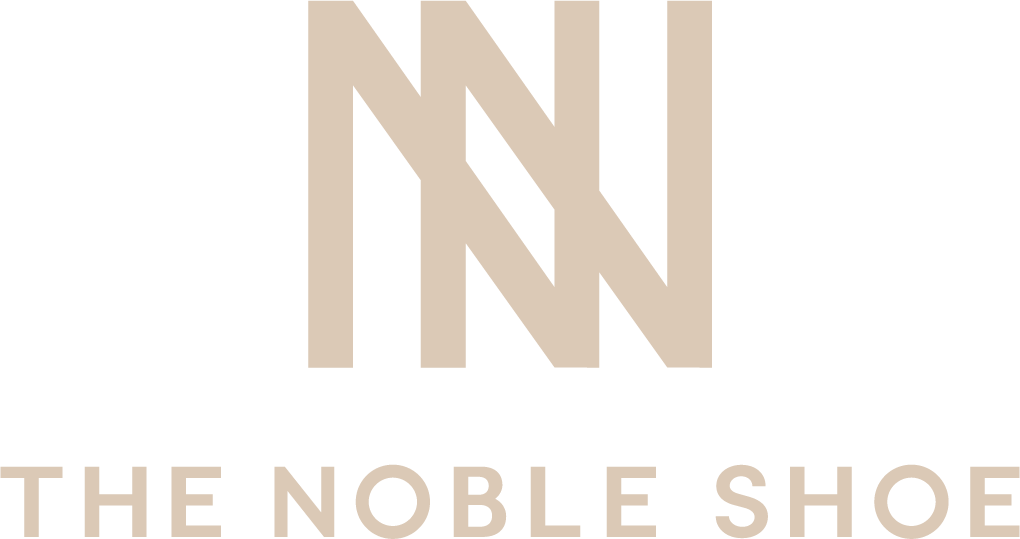
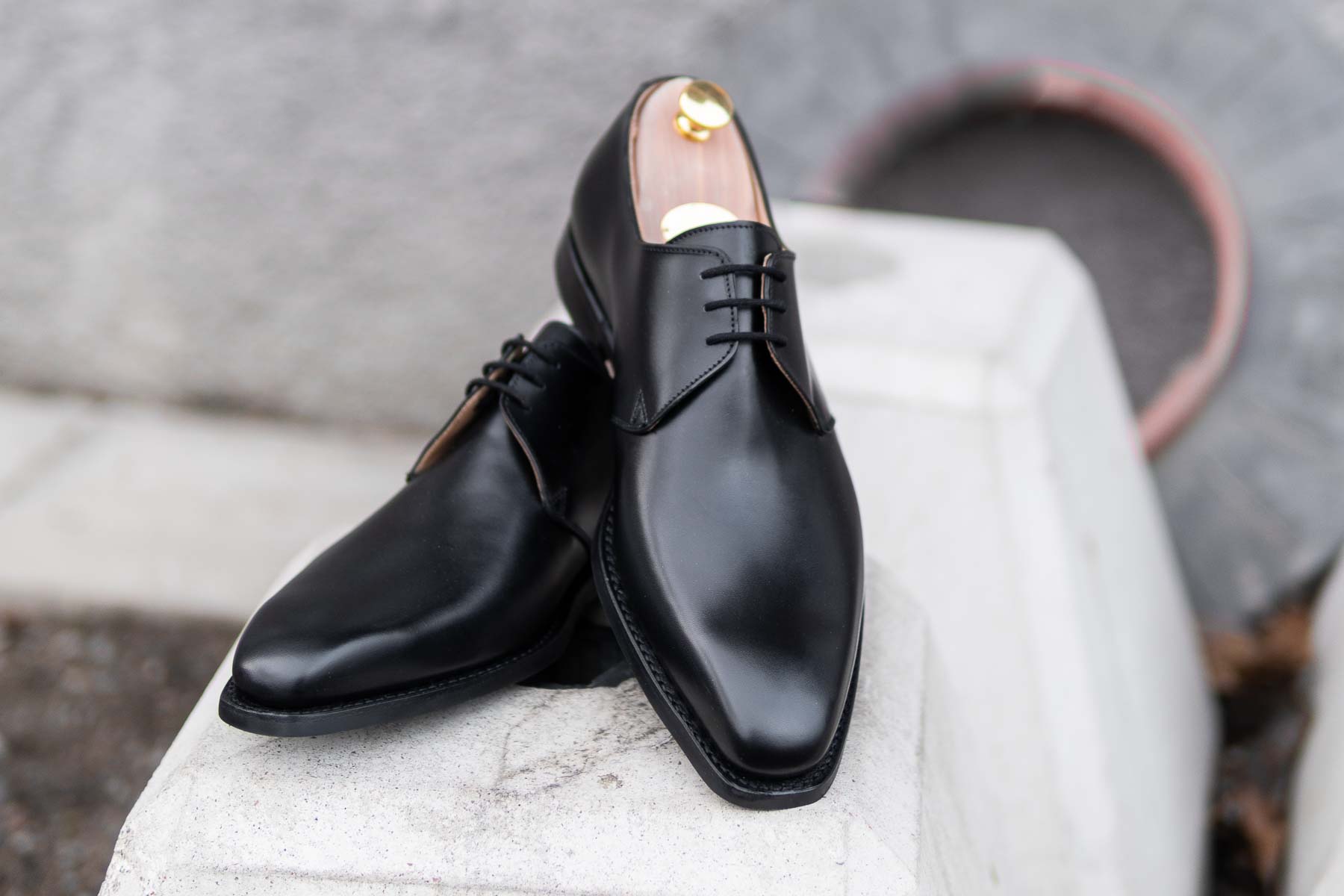
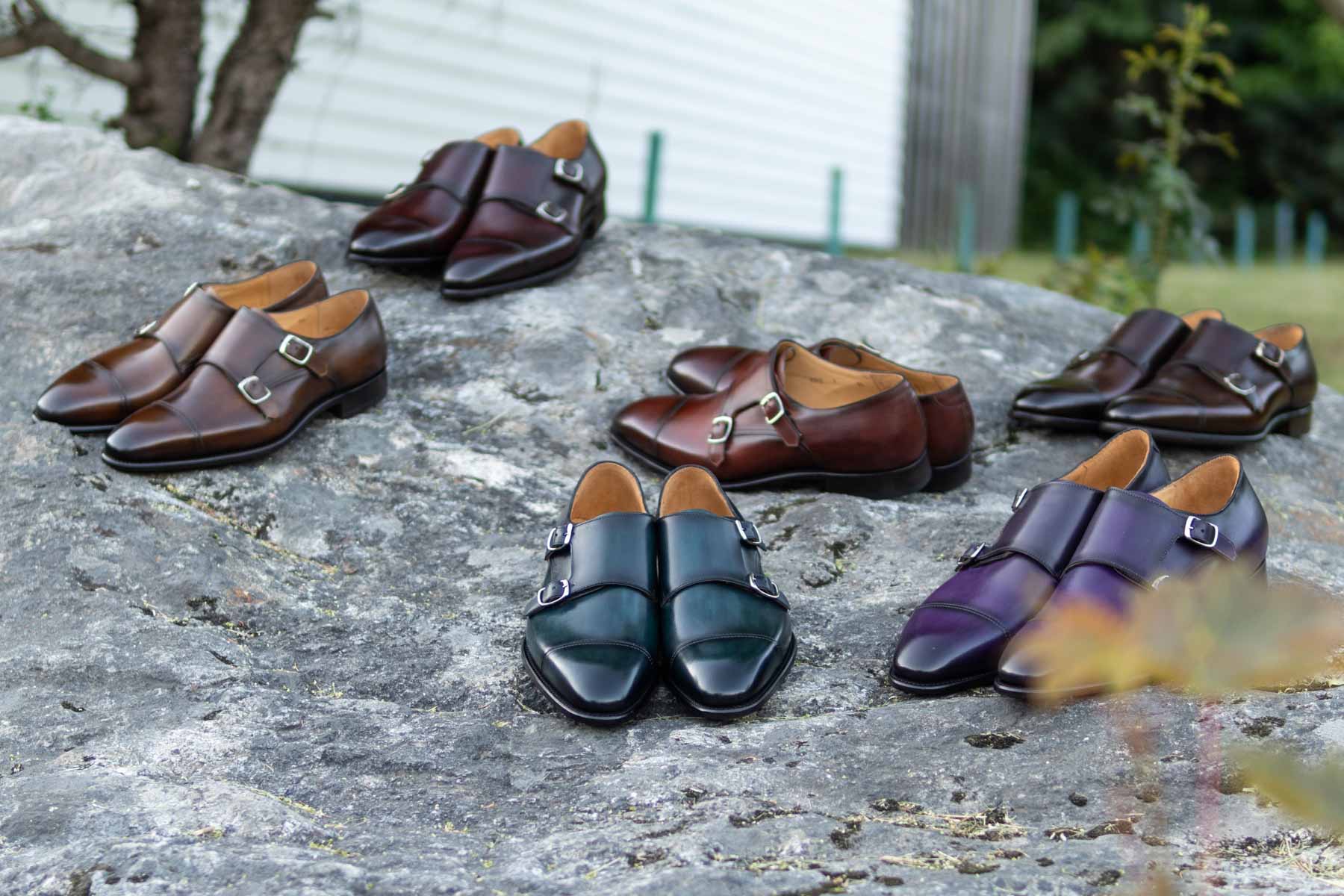

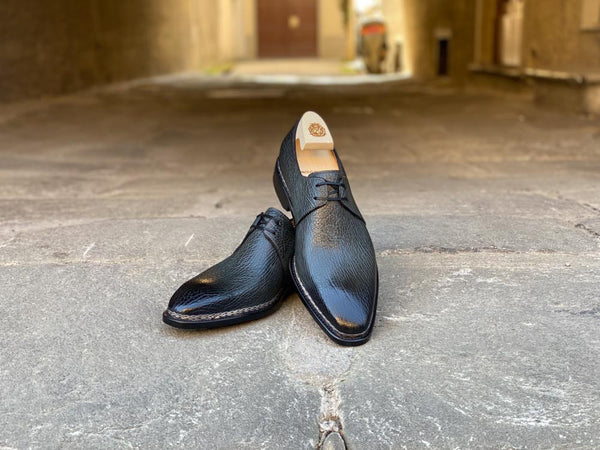
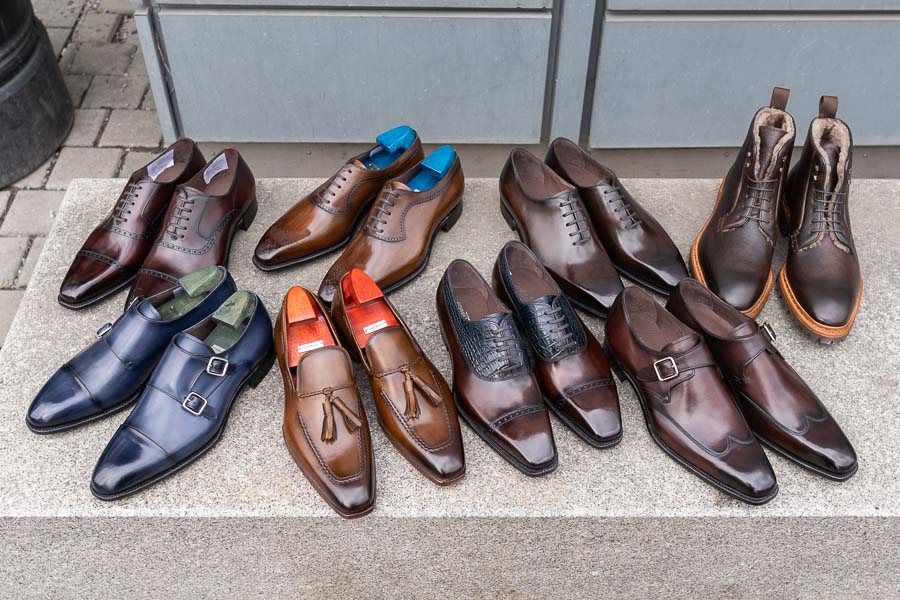
4 comments
Very educative content on the type of shoe leather
Chidiebere Nwankwo
Great site. Very educative.
John
Wow lovely leather shoes information , personally i love leather shoes, keep sharing this type of informative blogs.
mdshoe
The leather post was very informative. The Noble Shoe covered the whole spectrum of what quality shoes, boots & foot wear is made from. The parts of leather helped me to see why some products may shine slightly different. Most of the Exotic Leathers, Skins, Hyde products like you mentioned seems more from the 1970’s back and up until the mid 1990’s at the basic prices. The Hippopotamus I have heard of but do not believe I have shined. In the 1970’s Kangaroo leather, suede was a popular product. Thanks, for a great site, Shoes & Boots.
Jarvis Shine
Leave a comment
This site is protected by hCaptcha and the hCaptcha Privacy Policy and Terms of Service apply.